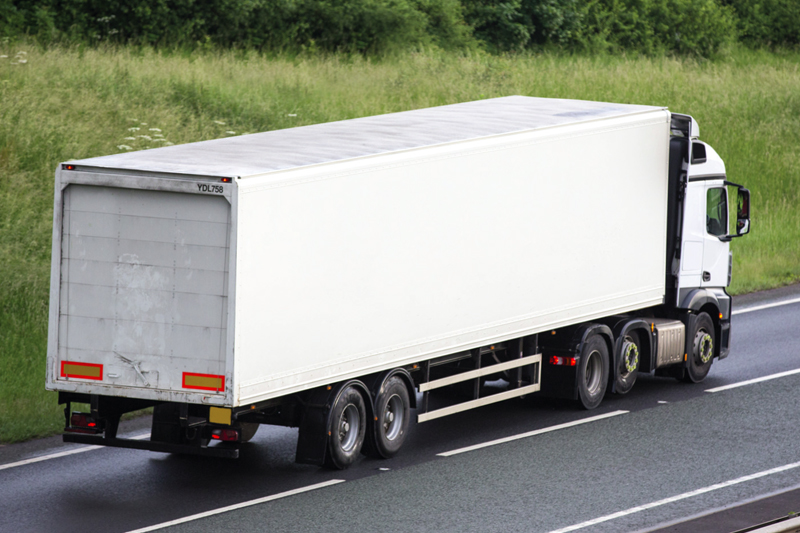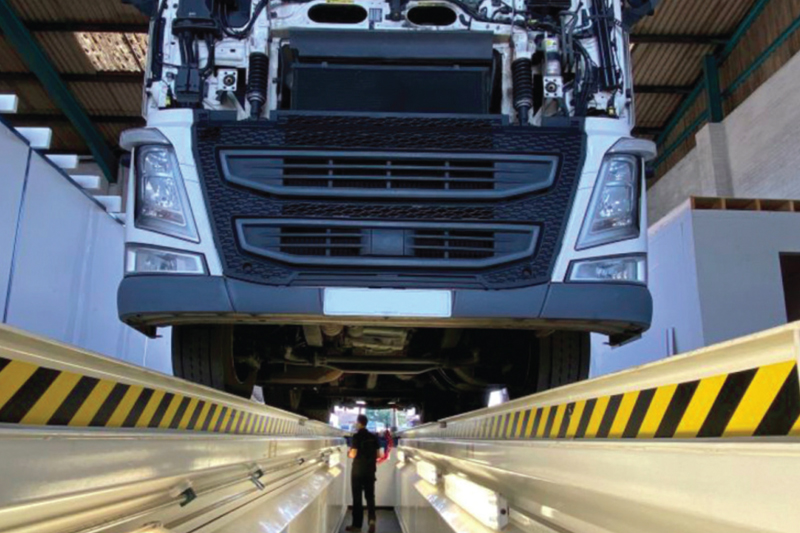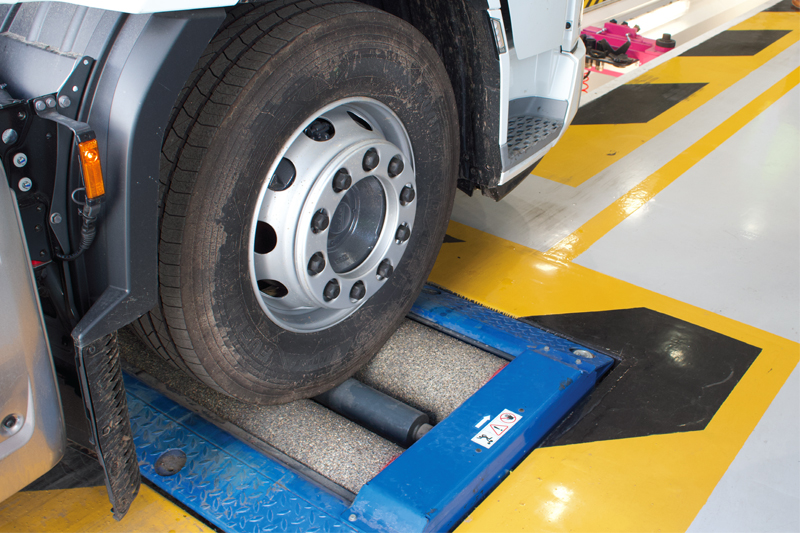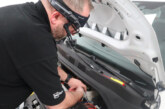Why the DVSA is modernising vehicle testing

Gordon Thomson, head of vehicle testing policy at DVSA, brings us up to speed with the latest developments on the agency and its ongoing work with the industry to modernise vehicle testing and recording.
It’s been a while since we updated you on how our digital transformation project for heavy vehicle testing (Commercial Vehicle Service) has progressed. Since that update, we successfully rolled out the new Manage Your Vehicle Testing (MyVT) digital service. ATFs and pre-funded account holders now have a digital account to manage their transactions with us.
I want to share how we delivered this new service – by working in partnership with industry – and explain what’s next for heavy vehicle testing in the digital space. You can also have a look at my last blog post* on implementing DVSA’s strategy and vision for heavy vehicle testing.
The purpose of the digital transformation project was to provide a better platform for our vehicle testing services. By doing this, we were able to enhance the user experience and provide clearer, real-time data.
During last year, we successfully supported all pre-funded account customers to migrate over from their old account onto the MyVT service. Whilst there were a few issues as we migrated everyone over, we’re pleased that the new service is now running smoothly and you should be seeing the benefit of this.

Customers have been telling us that they like the real-time view of their transactions, and we are now starting to see the benefit of the testing data from our new service, particularly in our ability to analyse why vehicles fail test in finer detail. In time, we want to share that richer information with industry.
Real-time benefits
One of the big improvements brought about by our new service is the ability to capture data quickly and make test results available in real-time. You can now see your MOT result on the MOT history service as soon as the annual test is completed. You can then view and/or download a copy of your pass certificate as needed.
Currently only certificates from 2021 are available to download on the MOT history service – but you can see the whole test history of vehicles and trailers from 2018.
Now that we’re able to offer certificates digitally via the MOT history service, we want to move away from issuing a paper copy of pass certificates at the time of test.
The MOT history service contains the digital test record for every vehicle. It provides the most up to date and secure way to check the MOT history. Using this service also reduces the need for paper and is more environmentally friendly.

Now that digital certificates are available, from 29 April this year we are going to stop printing MOT pass certificates, by default, at the time of the test. In most cases, you won’t need the physical piece of paper and I’d encourage you to view the vehicle’s record on MOT history instead ensuring the details on the certificate are correct and check for any advisory items. But, by exception, the VSA will still print a copy if you really need one – for example, if you have any difficulties accessing the internet.
No paper needed
We will continue to print failure certificates for the time being. We are considering whether to take the same approach with failures in the future and it would be useful to receive any thoughts or comments you may have. We will of course let you know if we intend to change or approach moving forward.
I’d encourage you to start thinking about how your business can adopt these changes, if you’re not already accessing MOT certificates digitally. We recognise there are responsibilities under the operator’s licence but in nearly all cases, you don’t need the piece of paper if the information is recorded and available digitally – should we or the traffic commissioners need to view it.
We’ll work with the industry, our testing colleagues who work at ATFs and testing sites, and our enforcement colleagues to make sure everyone is aware of the changes. Until then, you’ll still receive a copy of your MOT certificate as normal at the point of test.
Publications such as the Inspection Manual and Guide to Maintaining Roadworthiness will be revised to reflect these changes in due course. We’ve also worked with the Traffic Commissioners, so they are aware of these changes and ability to view vehicle records digitally.

We recognise there may be some circumstances where you will find it useful to print the certificate from the MOT history service, for example, if the vehicle is being used on an international journey.
Moving forward, we are looking at digitally aligning the whole process across Vehicle Testing including making “Ministry Plates” more easily accessible online and removing the need to display these on vehicles. We are working on this now and will provide further details on this soon.
I understand this might be quite a big change for some of you, but it’s important we best use the digital services we have available to provide a modern and efficient vehicle testing service, which meets your needs. It also aligns with DVSA’s vision to 2030 and plans to move towards a digital first approach in the light vehicle MOT scheme too.








